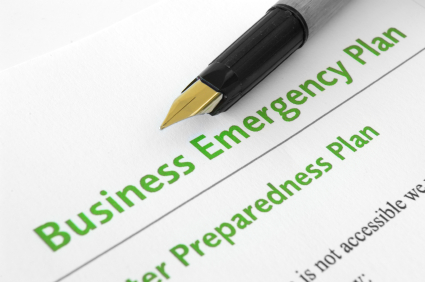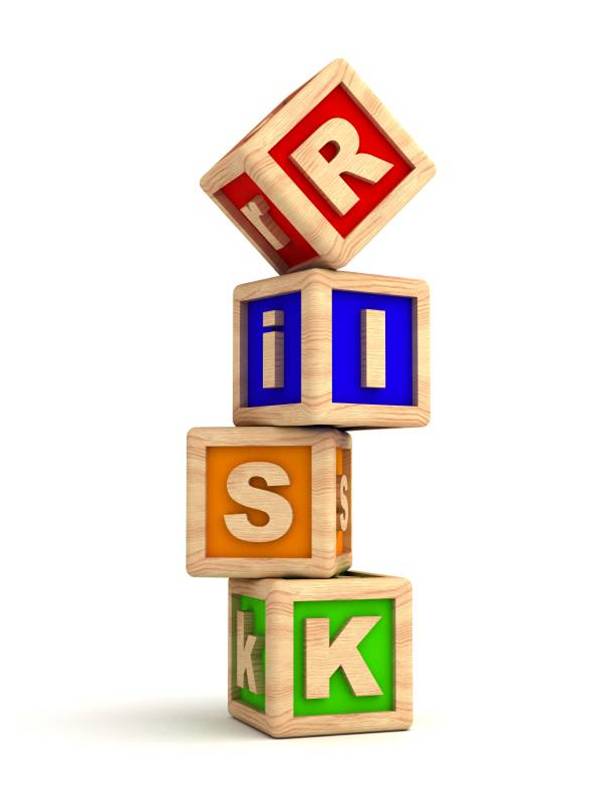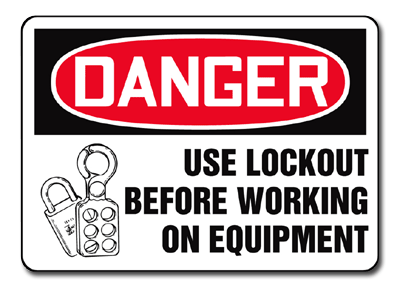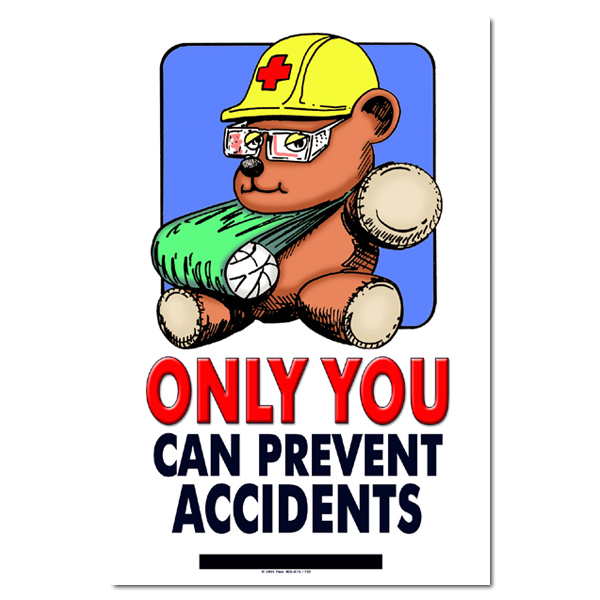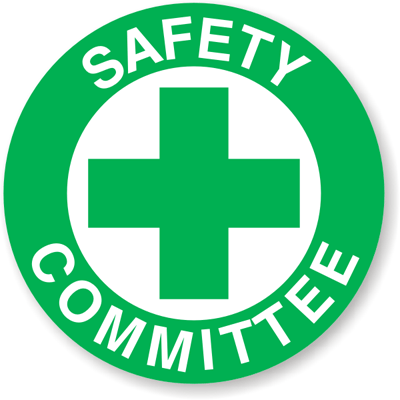 Safety committees are a key part of safety in the workplace. They can provide a central focus when they represent all functions or departments to allow the organization to take an overall look at safety requirements and to foresee problems. They can provide a sounding board by being a visible and approachable body for safety or health complaints and suggestions. Finally, they can provide central coordination of safety training activities.
Safety committees are a key part of safety in the workplace. They can provide a central focus when they represent all functions or departments to allow the organization to take an overall look at safety requirements and to foresee problems. They can provide a sounding board by being a visible and approachable body for safety or health complaints and suggestions. Finally, they can provide central coordination of safety training activities.
via Safety Committees training, regulations, analysis, news, and tools – Safety.BLR.com.

